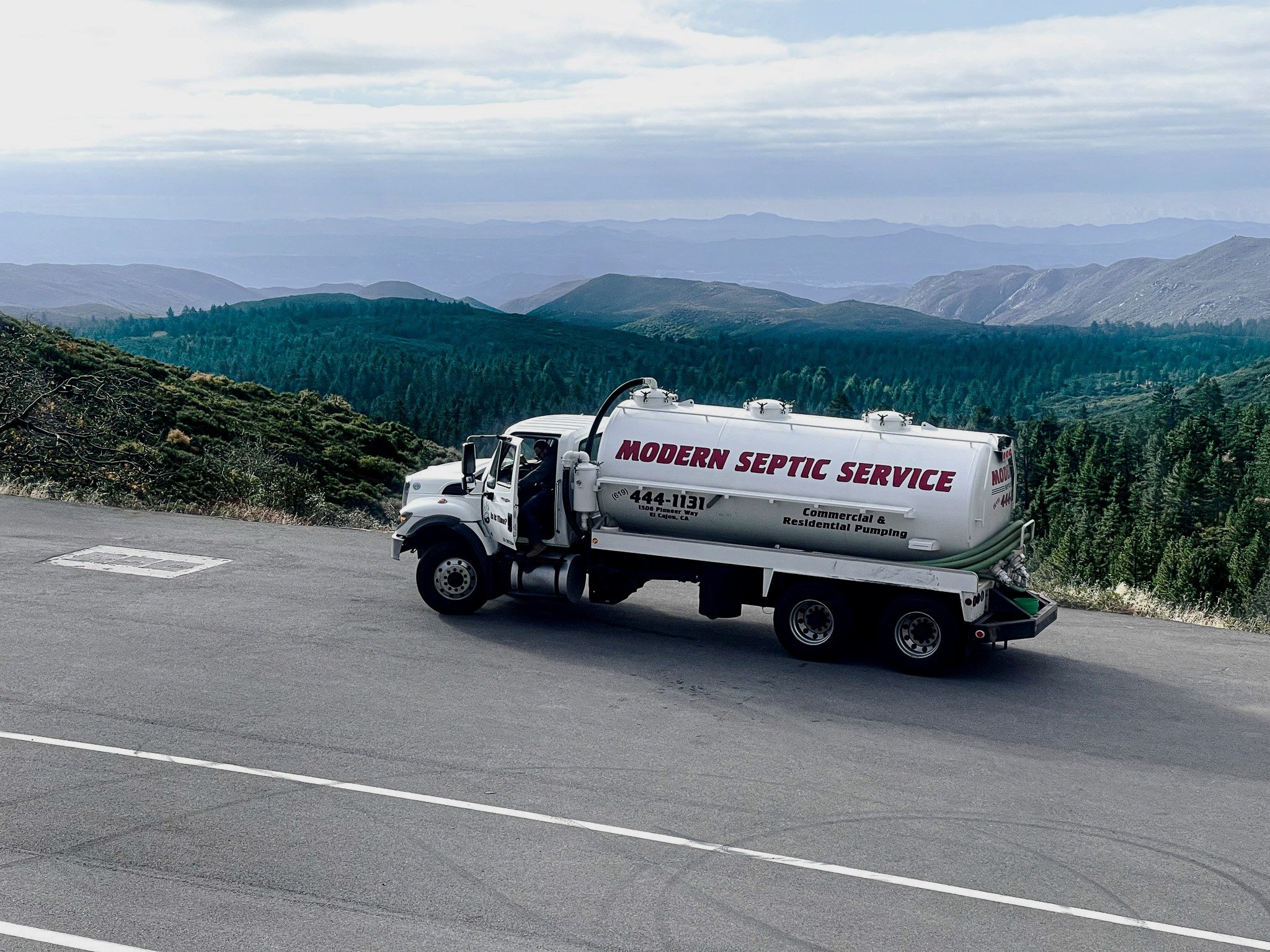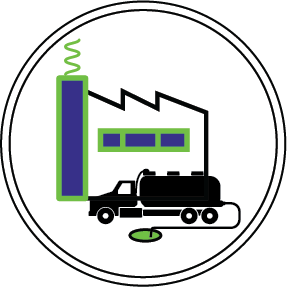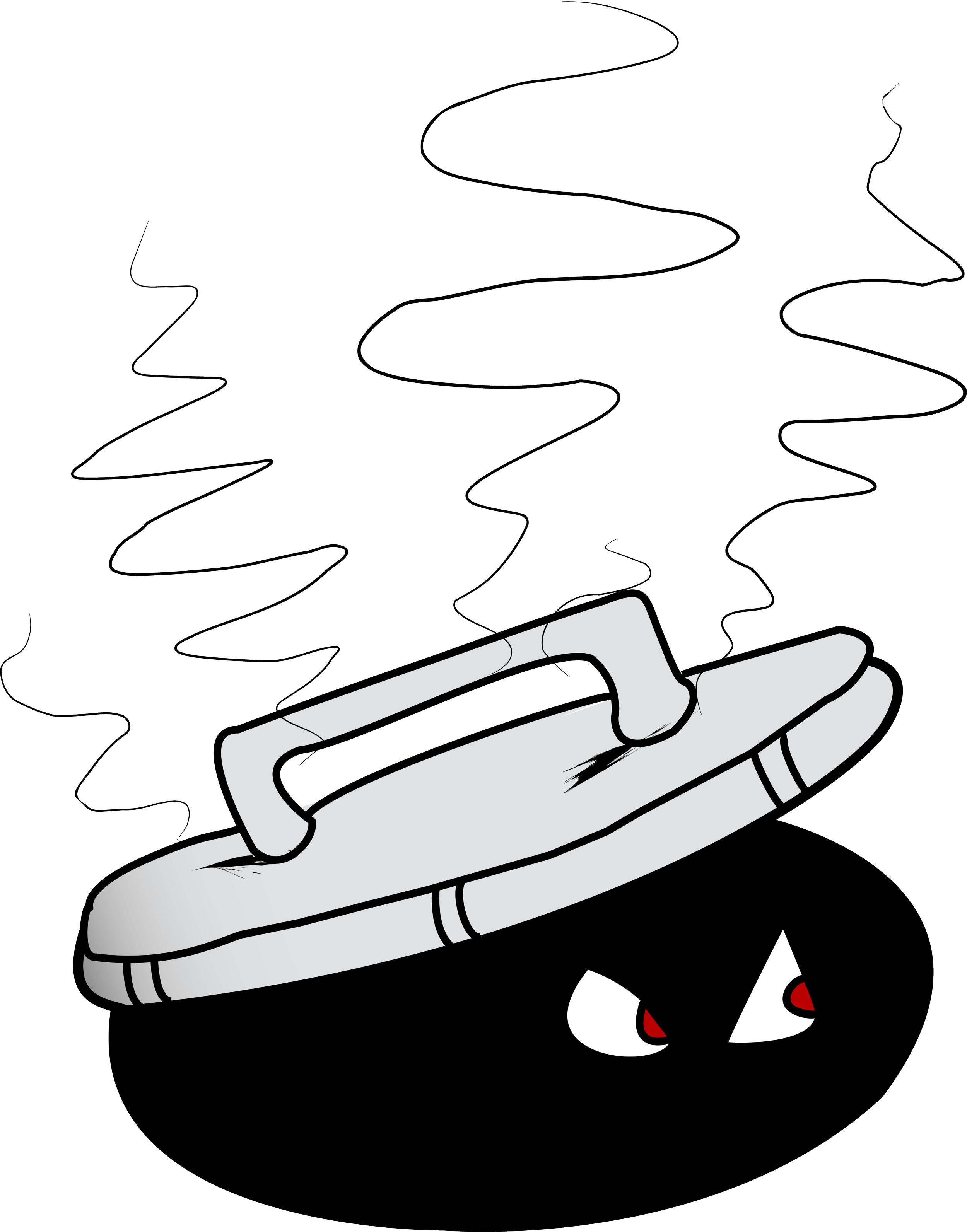
PRIVACY POLICY
Residential Pumping
& Septic Services
Commercial Pumping
& Septic Services
Municipal & Industrial
Septic Services
Recreation Industry
Septic Services
Modern Septic Service
Privacy Policy
Effective Date: July 1, 2025
Last Updated: July 1, 2025
Modern Septic Service (“Modern Septic,” “we,” “our,” or “us”) values your trust and respects your privacy. This Privacy Policy explains how we collect, use, share, and protect your personal information when you visit our website at www.modernsepticservice.com (the “Site”) or use our septic and wastewater management services (the “Services”).
When you use our Services, you’re trusting us with your information. We understand this is a big responsibility and work hard to protect your information and put you in control.
1. Our Commitment to Privacy
Your privacy matters to us. We are committed to protecting your personal information through transparency, security, and lawful data handling.
Modern Septic complies with all applicable California privacy laws, including:
California Consumer Privacy Act (CCPA/CPRA)
California Online Privacy Protection Act (CalOPPA)
Children’s Online Privacy Protection Act (COPPA)
We will never sell, rent, or trade your data. All personal information is collected for legitimate business purposes only—to serve you, maintain operations, and comply with the law.
2. What Information We Collect
We collect personal and non-personal information necessary to provide our Services and ensure safety and compliance, including:
Personal Identifiers: Name, mailing address, service address, email, and phone number
Service & Job Data: Appointment requests, service records, property details, photographs, and inspection reports.
Payment Information: Billing details, transaction identifiers, and payment method data (processed securely through PCI-compliant vendors).
Communication Records: Calls, emails, texts (SMS), and other correspondence.
Device & Technical Data: IP address, browser type, operating system, device ID, and usage patterns.
Cookies & Analytics Data: Information gathered through cookies and tracking technologies.
Geolocation (Approximate): Used for dispatch and routing efficiency when scheduling service.
3. How We Collect Information
We collect data through several lawful and transparent means:
Directly from you: When you complete forms, schedule service, or communicate by phone, email, or SMS.
Automatically: Via cookies, analytics tools, and website logs that track page visits and device type.
From trusted third parties: Such as payment processors, mapping/routing tools, or financing partners, solely to deliver Services.
Support interactions: When you engage with customer service, warranty, or technical assistance.
4. Why We Collect Information
We use your data for legitimate, transparent business purposes, including to:
Deliver, schedule, and complete septic services and repairs.
Process payments, send invoices, and manage financing requests.
Communicate updates, confirmations, or service-related notices.
Maintain customer records, job history, and warranty documentation.
Ensure safety, prevent fraud, and comply with legal requirements.
Improve service quality, website performance, and customer experience.
Provide customer support and resolve disputes.
5. How We Protect Your Data
We implement administrative, technical, and physical safeguards to protect your data from unauthorized access, alteration, or disclosure, including:
Encrypted transmission (HTTPS/TLS) and encrypted data storage where applicable.
PCI-compliant payment processing by certified vendors.
Access control & least-privilege practices—only authorized staff can view sensitive data.
Confidentiality agreements for all employees and contractors.
Routine security audits and system monitoring to detect intrusion or misuse.
Secure data disposal when information is no longer required.
While no system can be guaranteed 100% secure, we maintain robust defenses consistent with or exceeding California data-security requirements (Cal. Civ. Code §1798.81.5).
6. Who We Share Information With
We share limited data only with trusted service partners who assist in business operations and are bound by strict confidentiality agreements:
Payment Processors: To securely handle transactions.
Scheduling & Dispatch Partners: For routing and technician assignments.
Analytics Providers: To measure and improve website performance.
Legal or Regulatory Agencies: Only when required by law, subpoena, or to protect safety and rights.
We do not sell, rent, or trade your personal data to third parties for marketing purposes.
Mobile Opt-In, SMS consent, and phone numbers collected for SMS communication purposes will not be shared with third parties and affiliates for marketing purposes.
7. Your Rights & Choices (California Consumer Rights)
If you are a California resident, you have the following rights under the CCPA/CPRA:
Right to Know: What data we collect, its sources, and purposes.
Right to Access: Obtain a copy of your personal data.
Right to Correct: Fix inaccurate or outdated information.
Right to Delete: Request deletion of personal data (subject to legal retention duties).
Right to Opt-Out: Of any data “sale” or “sharing” (we do not currently sell or share data).
Right to Non-Discrimination: You will not face reduced service or pricing for exercising your rights.
To exercise your rights, contact us by email or phone: info@modernsepticservice.com | (619) 444-1131 We verify all requests to protect against unauthorized access.
8. Do Not Sell or Share My Personal Information
Modern Septic Service does not “sell” or “share” personal information as defined under the California Privacy Rights Act (CPRA). If our practices change, we will update this Policy and provide an online mechanism allowing customers to opt out.
9. Children’s Privacy
Our website and Services are intended for adults and businesses. We do not knowingly collect personal data from children under 13 years of age. If you believe a minor has provided information to us, please contact us immediately at info@modernsepticservice.com so we can delete it.
10. Data Retention
We retain information only as long as necessary to fulfill service, legal, or warranty obligations. For example:
Service and compliance records are retained per regulatory requirements.
Payment and tax records may be stored for up to seven years as required by law.
Once no longer needed, information is securely deleted or anonymized.
11. Cookies & Tracking
We use cookies and similar tools for site functionality, analytics, and performance improvement. You may opt out of non-essential cookies through your browser settings. If required by law, consent banners will appear for new visitors.
12. Policy Updates
We may periodically update this Privacy Policy to reflect legal, operational, or technological changes. If changes are significant, we will post a clear notice on our website or contact customers directly. The “Effective Date” at the top of this Policy reflects the latest revision.
13. Contact Us
Modern Septic Service
El Cajon, California
info@modernsepticservice.com | (619) 444-1131 | www.modernsepticservice.com
WELCOME TO MODERN SEPTIC
Book your Septic Tank Pumping online or contact our office directly at (619) 444-1131 or ask Felicia at fniven@modernsepticservices.com
SEPTIC SERVICE AREA
HOW SEPTIC TANKS WORK?
-
A septic system serves as a wastewater treatment for your home. It is built out of concrete or fiberglass and located underground. Waste and wastewater from your home move through a drain system into the septic tank. There solids settle at the bottom and oils and grease rise to the top. The liquid effluent in the middle layer exits the tank toward a drain field. The perforated pipes drain the liquid into the soil. While this outlines a typical septic system, variations exist. Modern Septic Service specializes in inspecting and pumping diverse septic systems to ensure compliance and functionality. See what Residential services we offering
-
Plan your Septic tank pumping with the right interval. Your ideal frequency depends on the size of your septic tank and the number of people living in your home. While your tank will fill up to the operational level just in a few days, sludge and scum levels are the reason your tank needs to be pumped. The general rule when it comes to calculating septic tank pumping frequency is 3-5
Other Common Calculations:
1000gallon Tank 2 Occupants = 5.5 years | 1000gallon Tank 4 Occupants = 2.5 years
1250gallon Tank 2 Occupants = 7.5 years | 1250 gallon Tank 4 Occupants = 3 years
1500 gallon Tank 2 Occupants = 9 years | 1500 gallon Tank 4 Occupants = 4 years
Consider the frequency of septic tank pump-outs when it comes to maintenance as well. Waiting too long can cause parts of the tank to break, concrete decay due to sulfide exposure, damage to tank walls from tree roots, and potential leaching problems over time. Overall, it is best practice to pump out your tank no later than every 5 years. CHECK OUT MORE CALCULATIONS
-
When dealing with your septic tank, caution is key. Start by locating and removing the lid, ensuring it doesn't crack or break. Never leave the open tank unattended due to its potential danger with 4-5 feet of water underground. Assess the scum layer at the top, aiming to pump the tank when it reaches 5 inches thick. For measuring the sludge at the tank's bottom, create a measuring stick. Attaching a 18-24 inch velcro strip to a seven-foot strong stick, allows you to gauge the sludge depth. Typically, a pump is recommended when the sludge hits 1 foot (12 inches).
Other Ways To Check:
Slow drains may indicate a full septic tank. Attempt to unclog the drain using a plunger.
Foul smells coming out of your drains can be the signal a full septic tank. You might detect an odor also near to your drain field.
Check your drain field, if you notice standing in the water your septic tank is full. Sometimes you can detect very bright patches of grass. It could suggest improper drainage from your septic tank.
Gurgling sounds from drains might signal a full septic tank and should be promptly addressed.
Sewage backup into your home is a clear indicator of a septic tank problem caused by excess water. Regular septic tank pumping is necessary to prevent it. When the septic tank is full of water, lacks space for additional solid waste, causing backups through the septic system pipes.
If your septic system has an alarm, its activation warns of high tank levels, indicating potential overflow or excessive fullness. PLAN “A” COULD BE TO ASK US TO FIND YOUR SEPTIC TANK - CHAT TO OUR TEAM
-
Use Tools: Use a shovel and a metal soil probe to locate your septic tank. The soil probe is used every two feet from where your sewer line exits your home.
Utilize a Septic Tank Map: New homeowners can refer to their inspection paperwork for a septic tank map, pinpointing its location. If unavailable many local health departments could have a copy on file. You can get this online if needed. Ruling out specific areas where a tank cannot be installed. Near wells, understructures, or paved surfaces, can narrow down possible locations.
Inspect Your Property: Sometimes, without probing. You can identify the tank's location by anomalies on your property. A slight dip or unusual wetness is a good indicator of a septic tank's presence.
Examine Your Yard: A thorough yard inspection might reveal clues. Look for extra-green grass patches, unexplained puddles, or uneven ground. It could indicate the tank's location.
Follow Sewer Pipes: Trace your sewer pipes, approximately 4 inches in diameter, from your home's basement. Crawlspace across the yard, using a soil probe every 2 feet to assist in locating the tank.
Check Property Records: Reviewing your property's public records, and construction permits. It could lead you to detailed plans showing the tank's intended installation location. Local health departments also could have these records available for you. In case of missing records, some municipalities offer accessible online databases as well.
If all this doesn't work and you can't find your septic tank. Call us and schedule and inspection with out office.
We are here to help (619) 444-1131 OR MAKE A INQUIRY ONLINE
-
Septic tank pumping is not a yearly expense, therefore, homeowners should plan and budget for it. While septic tanks do a good job most of the time, routine maintenance is a must when it comes to smooth operation. Pumping the tank to remove solid waste, and sludge and check the tank functionality is critical. Routine maintenance saves thousands in the long run.
The cost to pump a septic tank varies due to the number of septic systems available out there. From onside build to modern fiberglass tanks, size, age, location, and accessibility could impact the overall coats to pump. A septic tank pumping for a 1500-gallon tank can start from $450, while larger tanks can start from $600.
We can give you an estimate at (619) 444-1131 or you can submit an online booking request. CHEK OUT SOME OF OUR BOOKING OPTIONS
-
Septic systems are crucial for homes not connected to municipal sewer systems. With proper care and maintenance, their lifespan can range from 20 to 40 years. An important part of having a septic system is routine maintenance. The septic tank pumping is the most critical part of the maintenance schedule. It will remove harmful chemical concentrations. Ensure free flow of liquid in inlet and outlet pipes, and reduce the decay of the septic tank top. The recommended maintenance schedule for septic tank pumping is 3-5 years. IF YOU HAVE ANY QUESTIONS ASK OUR EXPERT TEAM
-
The short answer is NO! Dissolving baby wipes or any wipes in a septic tank is not good. Despite some being labeled 'flushable, wipes don't break down like toilet paper. They can lead to blockages and potential damage to your septic system. It's better to dispose of any wipes in the trash. Other harmful products in septic tanks are food waste, non-biodegradable products, and chemicals. These items can become stuck and put unnecessary strain on your septic tank.
-
It takes only a week to fill up a 1000- 1500 gallon septic tank. When it reaches the operation level, the liquid exists through the overflow pipe. The effluent flows down into the absorption area ( Leach System) each time water is used in the house. As the clear water exits the solid, stays in the first compartment and starts to accumulate. Over the years the solid will build a crust on the surface. Sludge and chemicals start to concentrate at the bottom of the tank. Therefore it is recommended to pump tanks out every 3-5 years.
-
Dealing with overflowing septic tanks isn’t desirable for anyone. Removing water from your septic requires professional attention. It’s not usually a problem you can resolve yourself. A damaged leach field, damaged toilet, or leaking water pipe can overload your septic system
If your septic tank is filled due to heavy rain, the issue might resolve itself as the water is absorbed into the ground. This could involve waiting a few days for the water level to decrease, potentially saving you from a service call.
While awaiting a professional assessment, limiting water and waste going down your drains is important.
-
Regular maintenance helps prevent such issues from occurring. It's advisable to get your septic tank pumped regularly to prevent rapid filling.
Prevent Rainwater from entering your septic tank.
Clean out rain gutters to facilitate proper drainage without causing pooling or ponding.
Avoid driving over the drain field to prevent compacting of the soil, aiding water absorption.
Reduce septic system usage before the storm to accommodate additional rainwater.
Refrain from digging or conducting any work around the tank or drain field before or immediately after the rain.
Flush only organic waste and limit the introduction of water to prevent septic tank and pipe clogging.
Minimize the use of harsh chemicals to allow naturally occurring bacteria and enzymes to break down solid waste.
Plant grass or small plants near the drain field to assist in absorbing water leaving the septic tank.
Be mindful of water drainage paths, redirecting excess water away from your septic system area if possible.
Opt for energy-efficient appliances like washing machines, dishwashers, and toilets to reduce water usage.
Check and adjust your irrigation system to avoid additional water saturation during the rainstorm."






